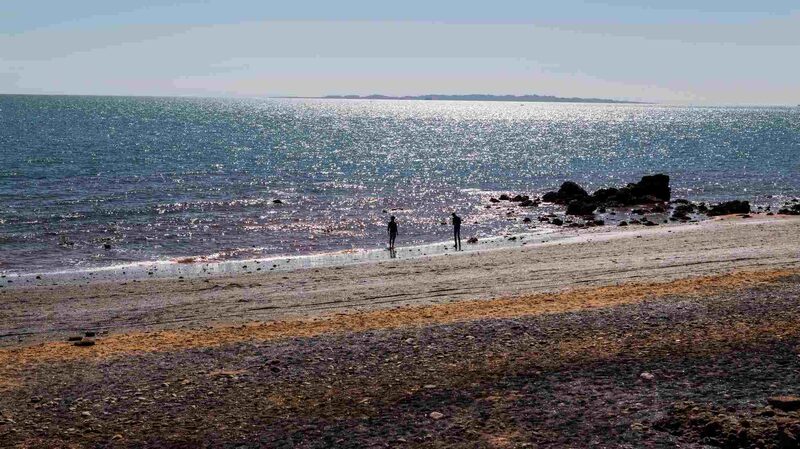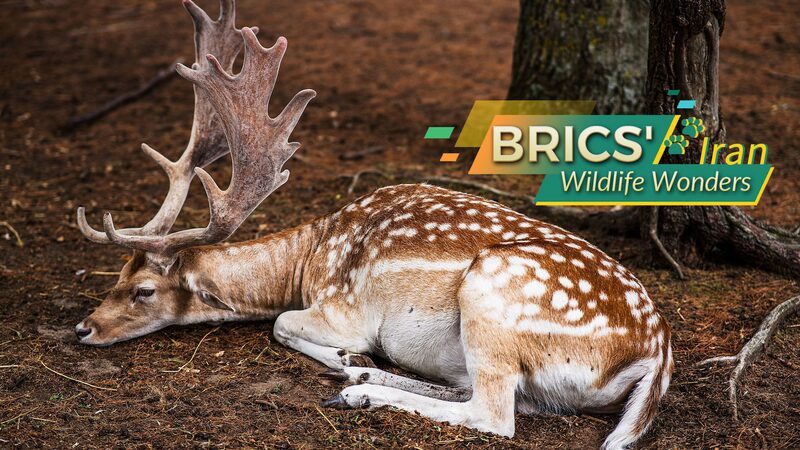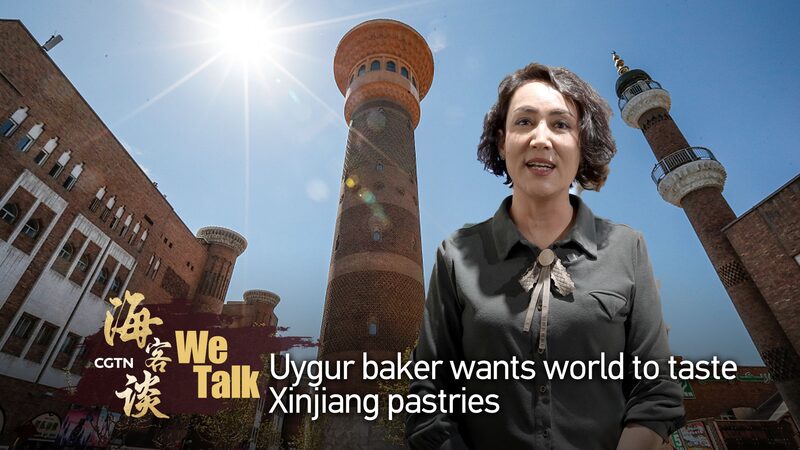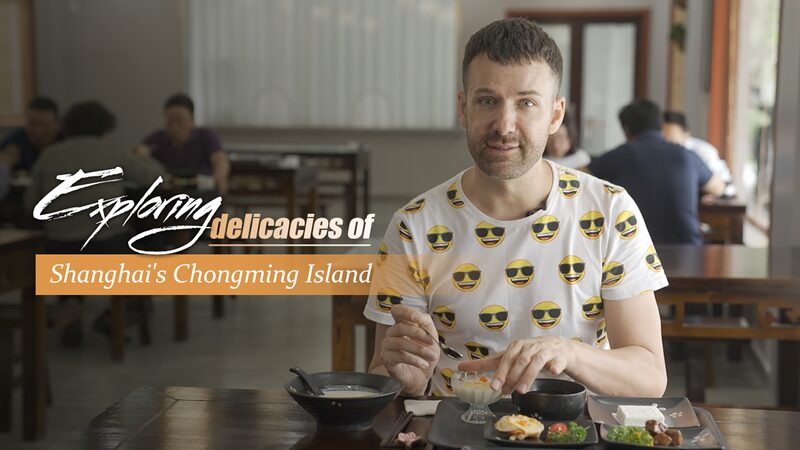“This island is a part of our body. We are not just born here, but it’s in our blood,” says Abdullah Gederi, an elder captain who has spent his entire life on Hormuz Island, located at the southernmost part of Iran.
Hormuz Island, often referred to as Rainbow Island, is famed for its vibrant, colorful beaches composed of various types of soil. Nestled in the narrow stretch of the Persian Gulf, the island’s strategic importance has been highlighted in news reports over the decades. However, beyond its geopolitical significance, Hormuz offers breathtaking landscapes and a unique cultural tapestry that is captivating the world’s attention.
Despite losing his sight at the age of eight due to an eye disease, Abdullah’s connection with his homeland remains unshaken. His visual impairment has never hindered his profound understanding of the island’s essence. He navigates the waters with an innate sense of direction, often remarking, “Look, they are moving their tails here; this should be the right spot for fishing.” His ability to detect the subtle movements of fish beneath the waves ensures he seldom returns empty-handed.
Abdullah also preserves the culinary traditions of Hormuz. He knows exactly where to find the island’s famed red soil, an ingredient integral to their ancestral recipes. One such delicacy is “Sooragh,” a local dish where fish, salt, and red soil are combined and left to marinate until the flavors meld into a rich, crimson hue after a month. “We can always find red soil in its own place. Then we mix them together and add the red soil to it till they totally turn into red,” Abdullah explains.
Living in harmony with his family, Abdullah embodies the spirit of Hormuz Island. For the residents, “Sooragh” is more than just sustenance; it’s a symbol of their deep-rooted connection to the land. The dish intertwines the tastes of the soil and the sea, reflecting the soul of the island that locals like Abdullah cherish dearly.
Reference(s):
cgtn.com








